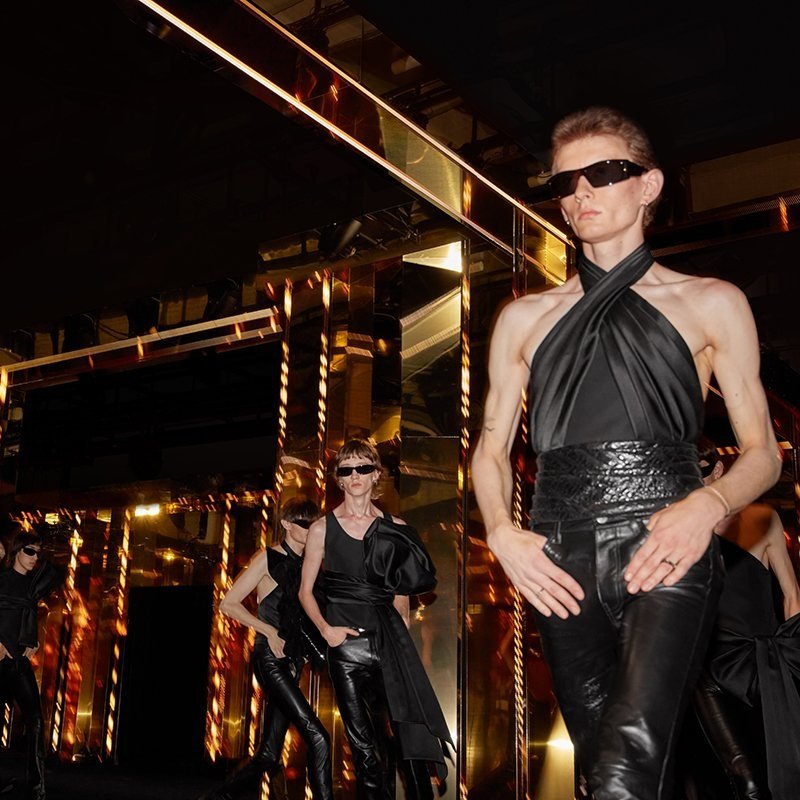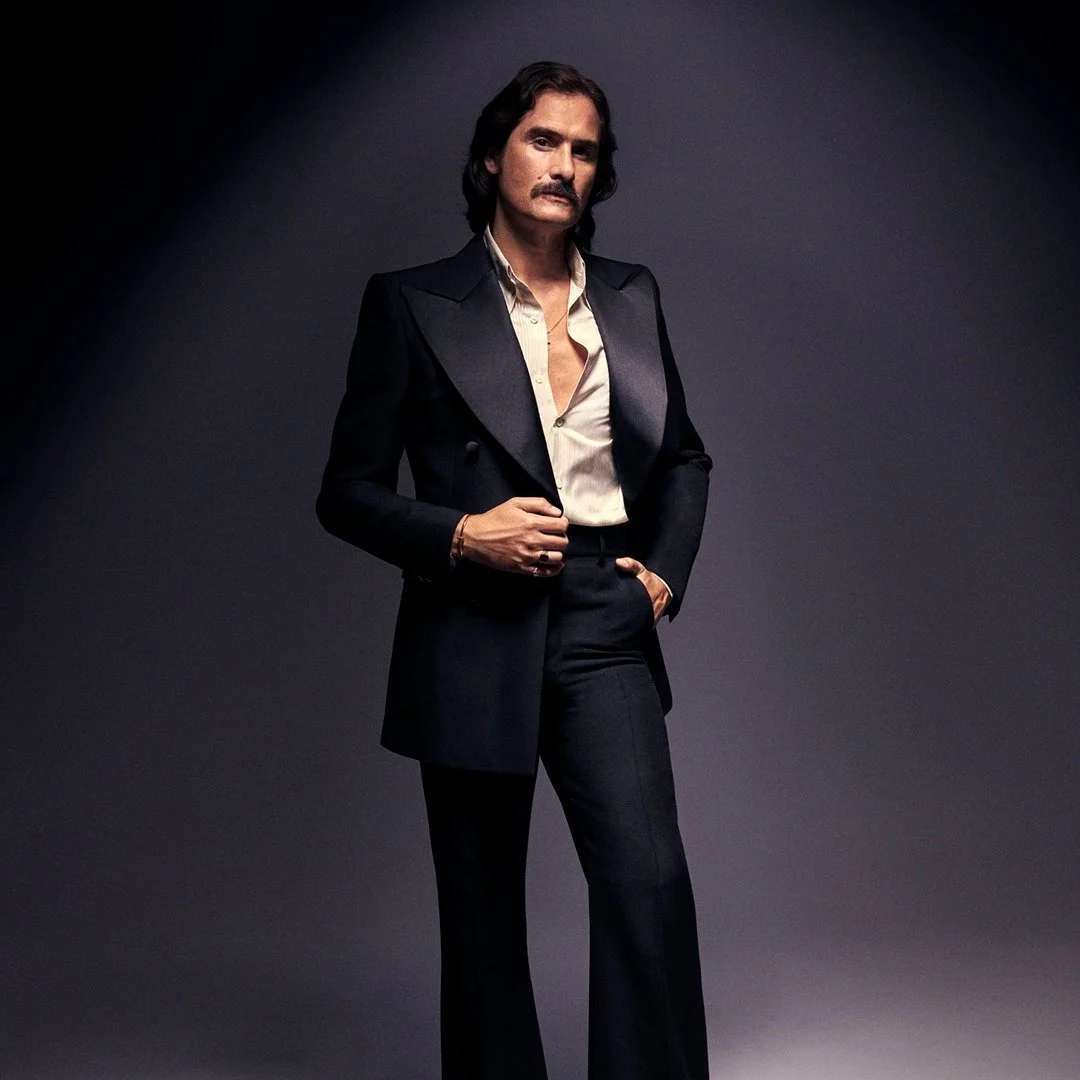DIY Fame. Celebrity culture in the 21st century.
Modern fame has long been a numbers game: the number of albums sold, the number of people in the stadium, the number of books shifted. But now with social media you can bypass the system of cultural artefacts or production and concentrate on the number of eyes trained on you instead. In the past, celebrities were presented as exceptional people in their field getting attention. Now, with social media we have entered an age of ordinary people getting exceptional attention. In the last two decades the proliferation of platforms like Instagram, TikTok and YouTube has redefined the idea of fame. People are able to bypass typical artistic fields (for example, the music and movie industries) and the structures of legacy media (newspapers, magazines, TV channels) which were previously crucial to manufacturing fame and celebrity. The ability to produce and post homemade content and the likelihood of it being circulated or even going viral is creating a new type of celebrity which author Graeme Turner, an Australian professor of cultural studies, refers to in his book Understanding Celebrity as ‘DIY celebrity’. The kind of attention and social recognition that used to be the preserve of celebrities is now only a few uploads away, making this new kind of fame not only seem achievable but also desirable for new generations. We used to watch MTV; now we are encouraged to be MTV. Life on TikTok seems to be one long music video with people recreating dance choreographies from black creators.
From theatre and books to music and cinema, each form of media that came before created its own type of celebrities, because when we consume media we also consume the people in it or the people producing it. Theatre plays, where the term ‘star’ originated, had actresses like Sarah Bernhard who fascinated people both on and off stage. She was very skilled at it. She could be compared to Lady Gaga, who also has a flair for statement fashion and drama. After theatre came the invention of moving images and films. When we watch a movie we are not just watching a story unfold on a screen but also the actors in it. Hollywood understood they could sell more movie tickets by creating a fascination for the actors in them. Studios hired actors and tightly controlled their image and private life.
Sociologist Ellis Cashmore explains in his essay ‘Celebrity in the Twenty-First Century Imagination’ that fame is produced initially by recognition. If consumers discern qualities in someone or something and take an interest in them to the point where they involve themselves in their imagined lives, they make celebrities. All celebrity is attributed: it cannot exist without public recognition. Equally, all celebrity is achieved, in the sense that even an appearance on a reality television show is an achievement, however meaningless it might seem. The action of recognising is decisive.
In the 2000s Paris Hilton introduced a different kind of celebrity which is based on extreme self-exposure. The idea was to turn the self into a brand: she simply had to appear and keep her audience interested through the use of paparazzi following her every move. Kim Kardashian, who studied Hilton’s every move as her friend and assistant, took this a step further by viewing privacy as a commodity to be accrued, valued and sold. The greatest achievement of the Kardashian clan is that they are both producers and owners of their own image. It’s a circular kind of fame which relies on the following mechanism, ‘the more I appear, the more famous I become; the more famous I become, the more I appear’. You can bypass the cultural artefacts or production like movies or a music album and concentrate on the number of eyes on you – or followers, in the case of social media – and connecting directly with your fan base.
Both Paris Hilton and Kim Kardashian have been in movies; Hilton has also tried her hands at pop music and published a book. Neither of them were deterred by the opinions of critics and reviewers. Their priority was what their audience wanted. And what their audience wanted was to look, smell and behave like them. They had no specific goal other than that of being famous. When a camera was added to cell phones, Paris Hilton invented the selfie. Both women created the idea of today’s influencer before we had a word for it. They knew they could affect people’s behaviour. Their fashion choices created trends and they capitalised on it. In place of the talent they offered presence and their own story.
Social media platforms have made the idea of the self as a presence or a brand possible for everyone. No need to move to LA and get the attention of paparazzi – just keep posting videos, tutorials or selfies and, who knows, you might become the next Paris or Kim K. Everybody starts out with zero followers and builds from there. I like to joke that Jesus was the biggest influencer of all time because he started out with 12 followers which turned into billions and the most sold book in history: the Bible.
New media is more encompassing, more invasive, more rapid, more compelling and more inescapable than ever. What makes social media different from other media that came before is that it reflects back the meaning of who we are and what we do in every moment. Even in simple situations like eating a meal or taking the dog for a walk, the phone camera is taken out to capture reality and feed it back to our audience, generating responses in return. And for many, this process gives meaning to their life and shapes their identity, for better or worse. For a lot of teens, being famous is an end in itself, not the by-product of a talent or skill. Who can blame them? The tools and platforms are designed that way. As Marshall McLuhan famously said, ‘the medium is the message’.









